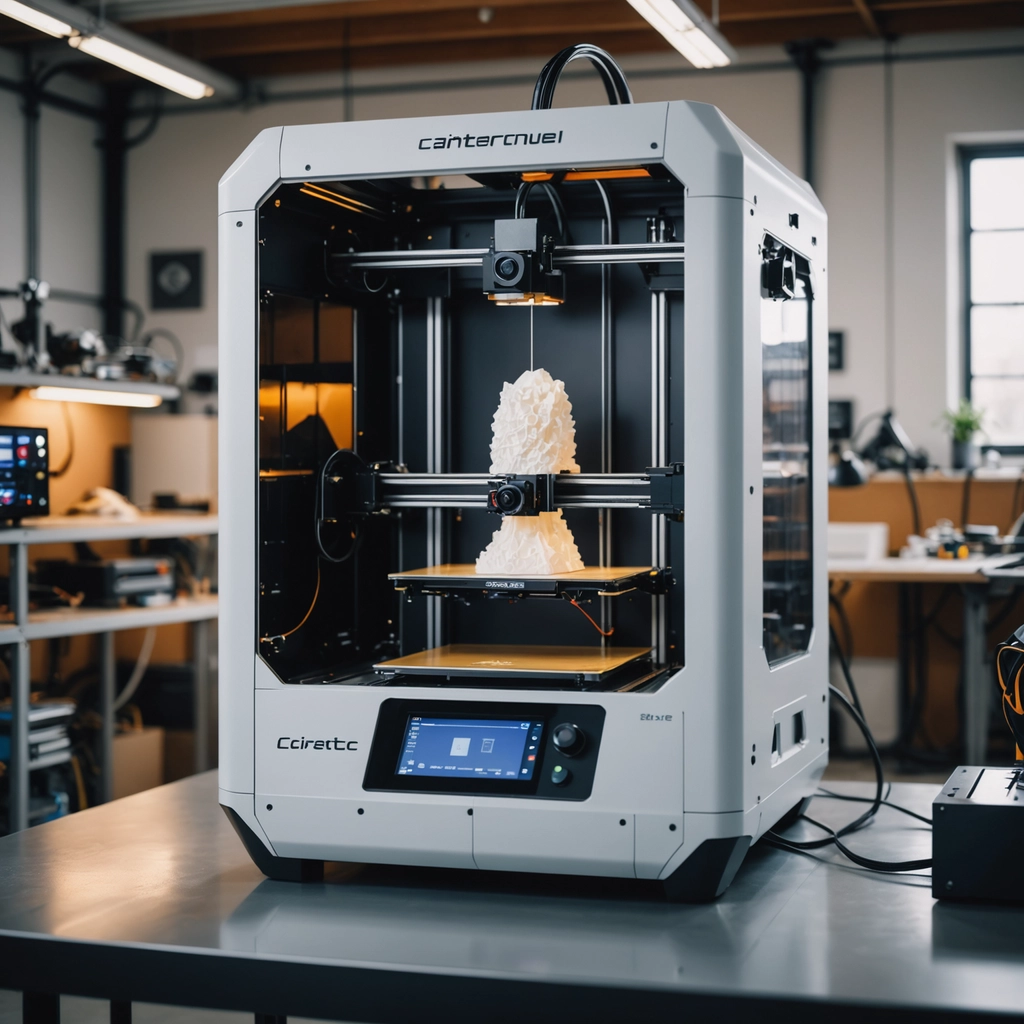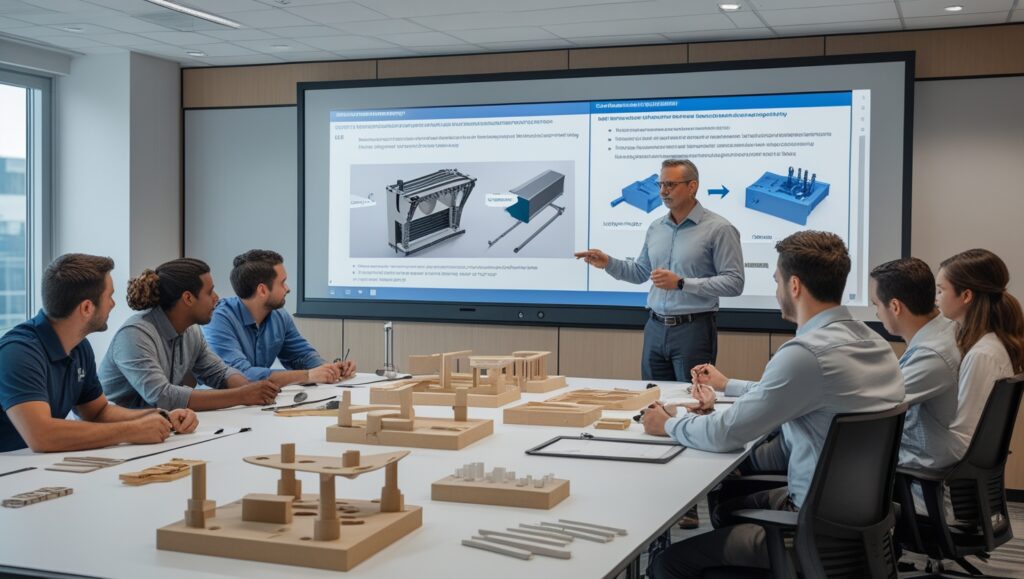How Design for Manufacture Reduces Material Waste
Published: September 12, 2025
Table of Contents
Why DFM Matters for Sustainability
DFM material waste reduction transforms product design by cutting material use by 20-40% for US startups. At 3ddfm.com, BP Nel Consulting leverages 29+ years of expertise to deliver affordable DFM solutions at $75/hr—half the typical US rate—helping clients like a medical device firm save 30% on a sanitizer dispenser through optimized injection molding.
DFM simplifies designs to align with manufacturing capabilities. For example, a US medical client reduced scrap by 30% on a sanitizer dispenser using optimized injection molding. This approach supports sustainability, meets regulations (e.g., FDA, EPA), and speeds up market entry.
Why it Works:
Reduces excess material use.
Lowers energy consumption.
Aligns with US demand for green products.
Explore more DFM benefits in our guide on 3D Printing vs Injection Molding.
Key Principles of DFM
DFM optimizes production through core principles, ensuring cost-effective, sustainable designs.
-
Simplicity: Avoid complex geometries to reduce errors and cycle times. Example: A US client simplified a device housing, cutting molding costs by 25%.
-
Standardization: Use common parts to lower inventory costs. E.g., standard screws saved a startup 15% on assembly.
-
Design for Assembly (DFA): Minimize parts for faster assembly. A modular design cut a client’s labor costs by 20%.
-
Design for Cost (DFC): Choose affordable materials like ABS over PP for non-critical parts.
-
Prototyping: Test early to catch issues. Simulations saved a US firm $50,000 in redesigns.
Learn more in our Injection Molding Design Course.

DFM Material Waste Reduction Strategies
Key DFM Material Waste Reduction Techniques
DFM material waste reduction is critical for sustainability and cost savings. Key strategies include:
- Material Optimization: Select recyclable materials (e.g., polypropylene) with minimal processing. A US electronics client cut waste by 20% using standard plastics.
- Lean Manufacturing: Streamline processes to eliminate excess. Example: A startup reduced scrap by 30% with just-in-time production.
- Modular Design: Reuse components across products to lower inventory needs.
A Journal of Cleaner Production study shows DFM can cut waste by up to 40%. For instance, we optimized a US client’s sheet metal design, saving 25% on materials.

Eco-Friendly DFM Material Waste Reduction
DFM supports eco-friendly manufacturing by minimizing environmental impact. Key strategies:
Renewable Energy: Use solar or wind to power production, cutting emissions.
Energy-Efficient Tech: Modern machines reduce energy use by 15-20%.
Closed-Loop Systems: Recycle waste back into production, like a US client reusing 90% of scrap metal.
Case Study: A medical device firm adopted DFM, reducing energy use by 20% and boosting brand reputation.
See how we compare 3D printing and injection molding for sustainable design.
Partner with BP Nel Consulting
Ready to cut material waste and boost sustainability? With 29+ years of DFM expertise, BP Nel Consulting offers US startups affordable solutions at $75/hr—half the cost of typical US rates. Our recent project saved a medical client 30% on production costs.
Get Started:
-
Contact Us: Book a $75/hr consultation at http://3ddfm.com.
-
Learn More: Explore our DFM Courses for hands-on tips.
-
Share This Post: Spread the word on X (@3ddfmBp) or LinkedIn to join the sustainability conversation! #DFM #SustainableDesign

